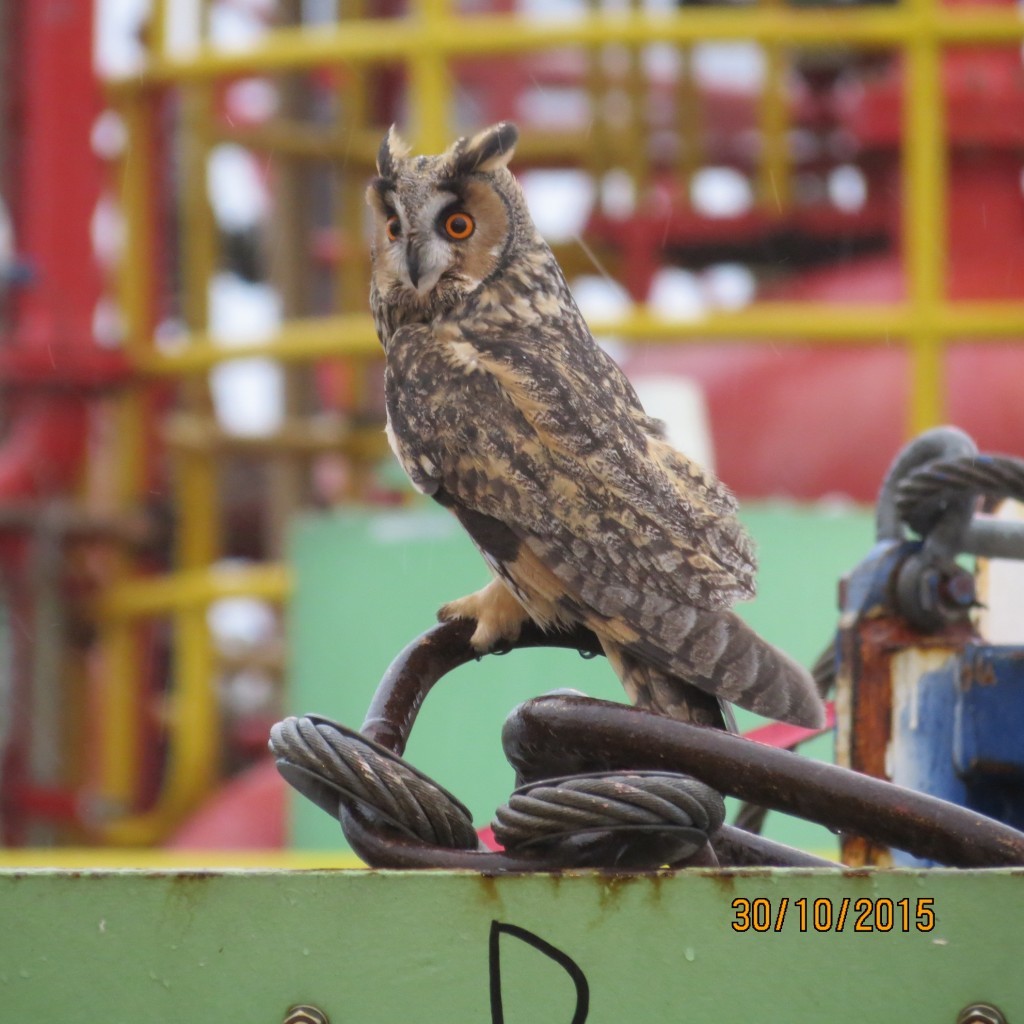
A new report published today by the RSPB shows that wildlife is already being affected by climate change and these effects will only intensify over the course of this century.
The report, The Nature of Climate Change, reviews and compiles the existing evidence and shows that some of Europe’s best-loved wildlife, from birds to bees, is already at risk from a changing climate and this will increase over coming decades.
In the North Sea, climate change is altering sea conditions, and having a knock-on affect on wildlife and the food chain.
Incoming plankton species are less suitable than those they replace as food for sand-eels – a small fish that is in turn the main food source for kittiwakes (a small gull) and other seabirds. Climate change isa factor in the 70% decline in kittiwake populations in the UK in recent decades, according to the report.
A new poll of the British public has also found that Britons are more worried about climate impacts on UK wildlife than any other aspect of climate change.
Martin Harper, RSPB’s Director of Conservation, said: “Climate change is the greatest long-term threat to people and wildlife. We are already seeing its impacts and, alongside other pressures on land and at sea, our wildlife is increasingly at risk.”
The report brings together the most compelling examples of how Europe’s wildlife is already being affected by climate change.
Extreme weather events have already become more frequent and intense due to climate change.
Weather extremes can harm wildlife. For example, wet and windy springs can cause mass deaths or “wrecks” of the shag seabird. The UK supports 45% of the world’s breeding population of the cormorant-like bird.
One third of Europe’s bumblebee species could lose 80% of their current range by 2100.
Better management of existing protected areas and the creation of new protected areas, alongside measures to make the wider landscape more wildlife-friendly will play an important role in providing habitat to enable species to move.
Harper said: “The report has a clear message that the world’s governments need to act on fast, to limit climate change. They’ve no better opportunity to do this than the upcoming UN climate negotiations in Paris.
“Countries such as the UK also need to make sure they’re making every possible effort to back up international ambition with action back home, in part by supporting the transition to a low carbon energy system.
“For wildlife to be able to cope with a changing climate, we’ll need to manage more areas of land and sea for nature, in both protected areas and the wider countryside and seas. There is good evidence that protected areas across the European Union, such as Special Protection Areas, are already helping wildlife to respond to the changing climate.
A recent survey commissioned by the Energy and Climate Intelligence Unit (ECIU) shows that 79% of Britons are worried about climate impacts on UK wildlife, making it a greater concern than flooding (72%), heat waves (50%), or increased variability and prices of food (60%).
Richard Black, Director of ECIU, said: “It’s quite a surprising finding because you’d think people would be more concerned about potential impacts to their homes, their larders and their wallets.
“Instead it shows that Britain’s long-standing love affair with birds, flowers and animals shows no signs of abating, and that recent studies demonstrating climate change impacts on animals such as puffins, bumblebees and frogs have raised the alarm.”
“Projections show that protected areas will remain important for wildlife in the future, even as species move due to climate change, and that we will need more of them.
“The laws they rely on, such as the Nature Directives, need to be maintained and better implemented. This means designating more areas on land and at sea and managing them to a high standard for wildlife.”
